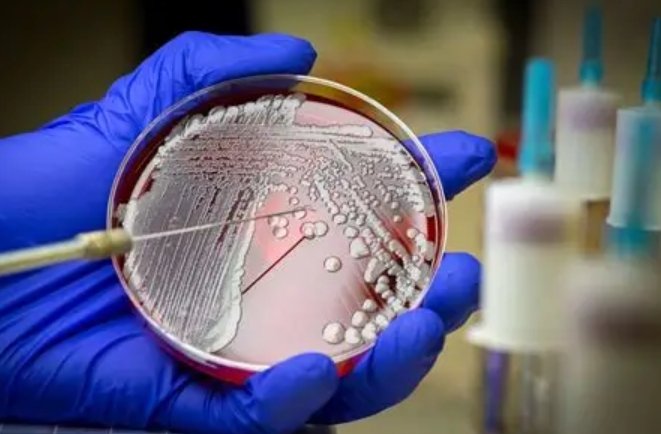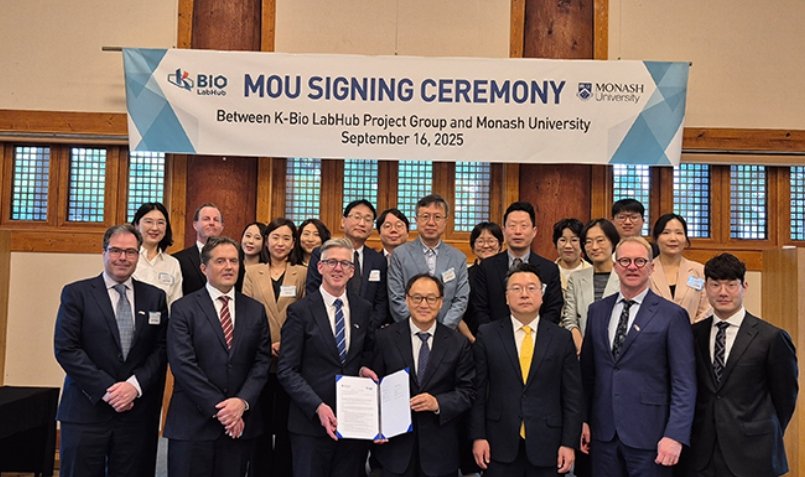
A recent invention by a team of researchers from the National University of Singapore (NUS) and A*STAR's Institute of Materials Research and Engineering (IMRE) provides a simple, convenient and effective way of monitoring wound recovery so that clinical intervention can be triggered in a timely manner to improve wound care and management.
The PETAL (Paper-like Battery-free In situ AI-enabled Multiplexed) sensor patch comprises of 5 colorimetric sensors that can determine the patient's wound healing status within 15 minutes by measuring a combination of biomarkers – temperature, pH, trimethylamine, uric acid and moisture of the wound. These biomarkers were carefully selected to effectively assess wound inflammation, infection as well as the condition of the wound environment.
The sensor patch is able to operate without an energy source, sensor images are captured by a mobile phone and analysed by artificial intelligence (AI) algorithms to determine the patient's healing status.
An international patent for this invention has been filed and the researchers plan to advance to human clinical trials next.
The development of the PETAL sensor patch was conducted in collaboration with Professor David Becker's research team from the Nanyang Technological University and the Skin Research Institute Singapore.
Image caption- Inventors of the innovative PETAL sensor patch technology: Assoc Prof Benjamin Tee (standing, left), Dr Su Xiaodi (standing, right), Yang Zijie (seated, left), and Dr Zheng Xinting (seated, right)




